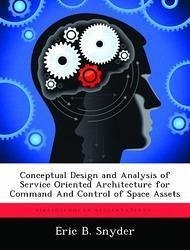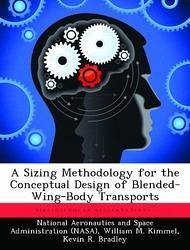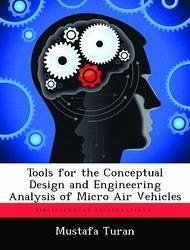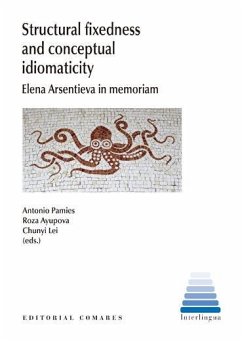Nicht lieferbar
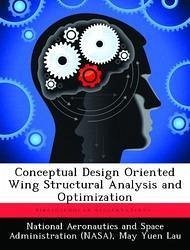
Conceptual Design Oriented Wing Structural Analysis and Optimization
Versandkostenfrei!
Nicht lieferbar
Airplane optimization has always been the goal of airplane designers. In the conceptual design phase, a designer's goal could be tradeoffs between maximum structural integrity, minimum aerodynamic drag, or maximum stability and control, many times achieved separately. Bringing all of these factors into an iterative preliminary design procedure was time consuming, tedious, and not always accurate. For example, the final weight estimate would often be based upon statistical data from past airplanes. The new design would be classified based on gross characteristics, such as number of engines, win...
Airplane optimization has always been the goal of airplane designers. In the conceptual design phase, a designer's goal could be tradeoffs between maximum structural integrity, minimum aerodynamic drag, or maximum stability and control, many times achieved separately. Bringing all of these factors into an iterative preliminary design procedure was time consuming, tedious, and not always accurate. For example, the final weight estimate would often be based upon statistical data from past airplanes. The new design would be classified based on gross characteristics, such as number of engines, wingspan, etc., to see which airplanes of the past most closely resembled the new design. This procedure works well for conventional airplane designs, but not very well for new innovative designs. With the computing power of today, new methods are emerging for the conceptual design phase of airplanes. Using finite element methods, computational fluid dynamics, and other computer techniques, designers can make very accurate disciplinary-analyses of an airplane design. These tools are computationally intensive, and when used repeatedly, they consume a great deal of computing time. In order to reduce the time required to analyze a design and still bring together all of the disciplines (such as structures, aerodynamics, and controls) into the analysis, simplified design computer analyses are linked together into one computer program. These design codes are very efficient for conceptual design. The work in this thesis is focused on a finite element based conceptual design oriented structural synthesis capability (CDOSS) tailored to be linked into ACSYNT.






